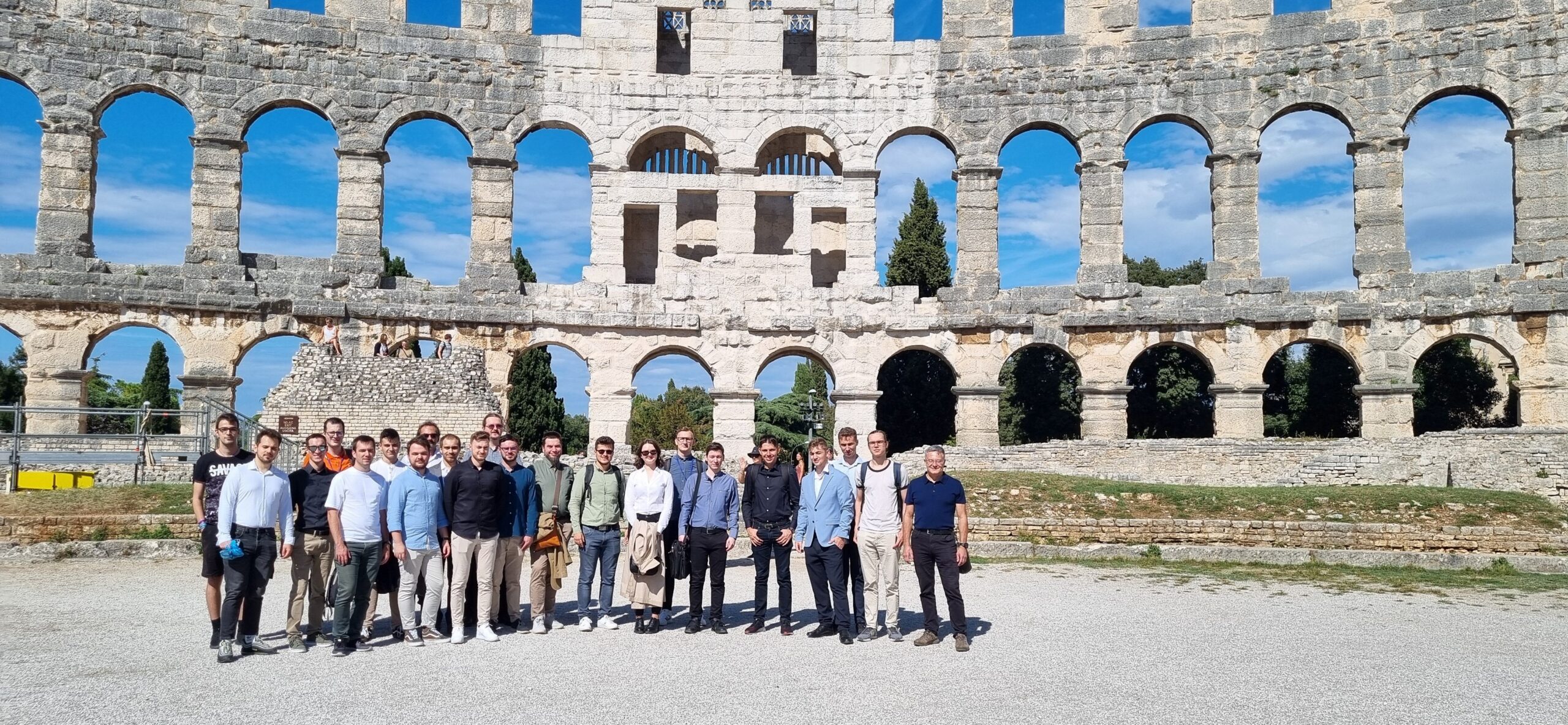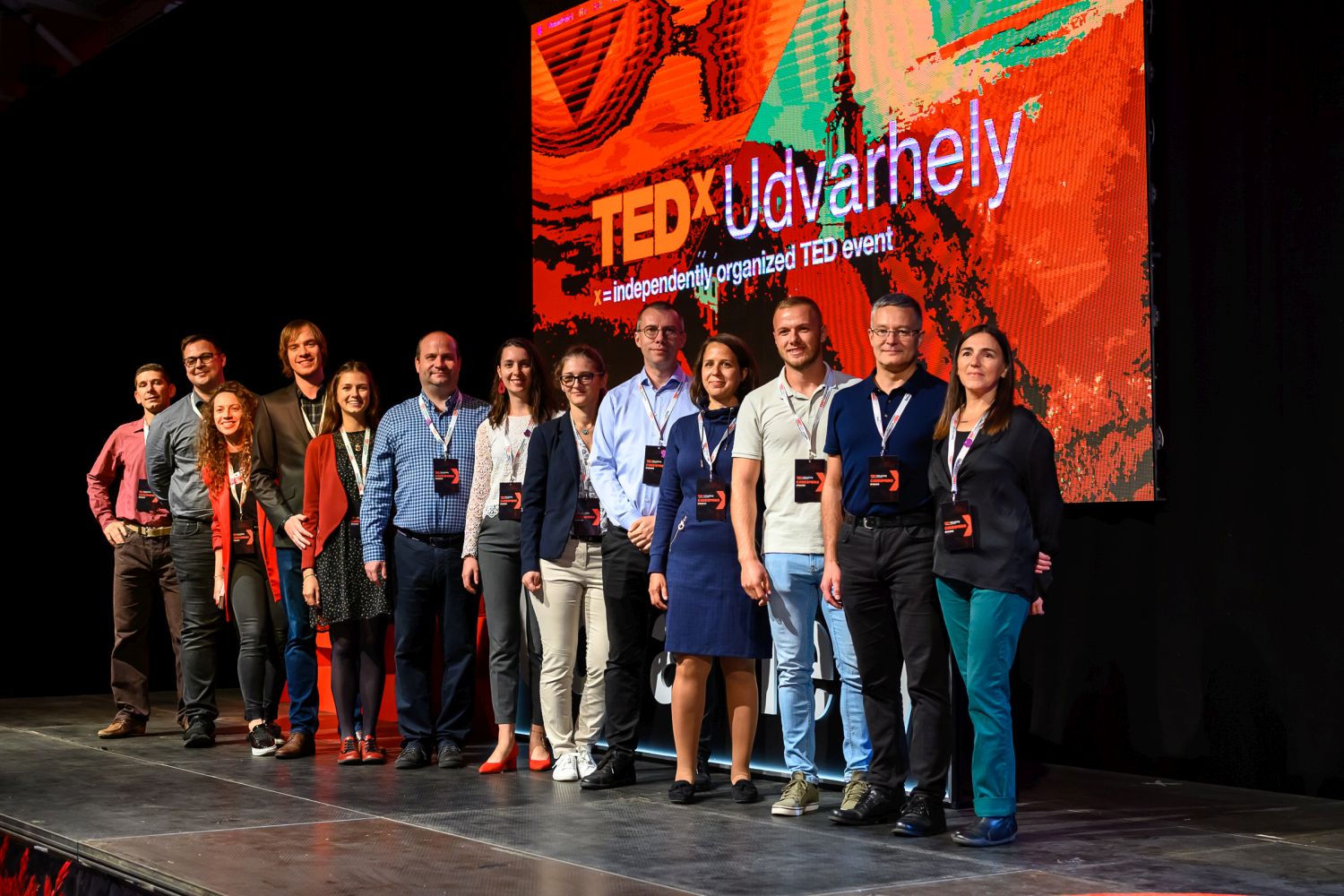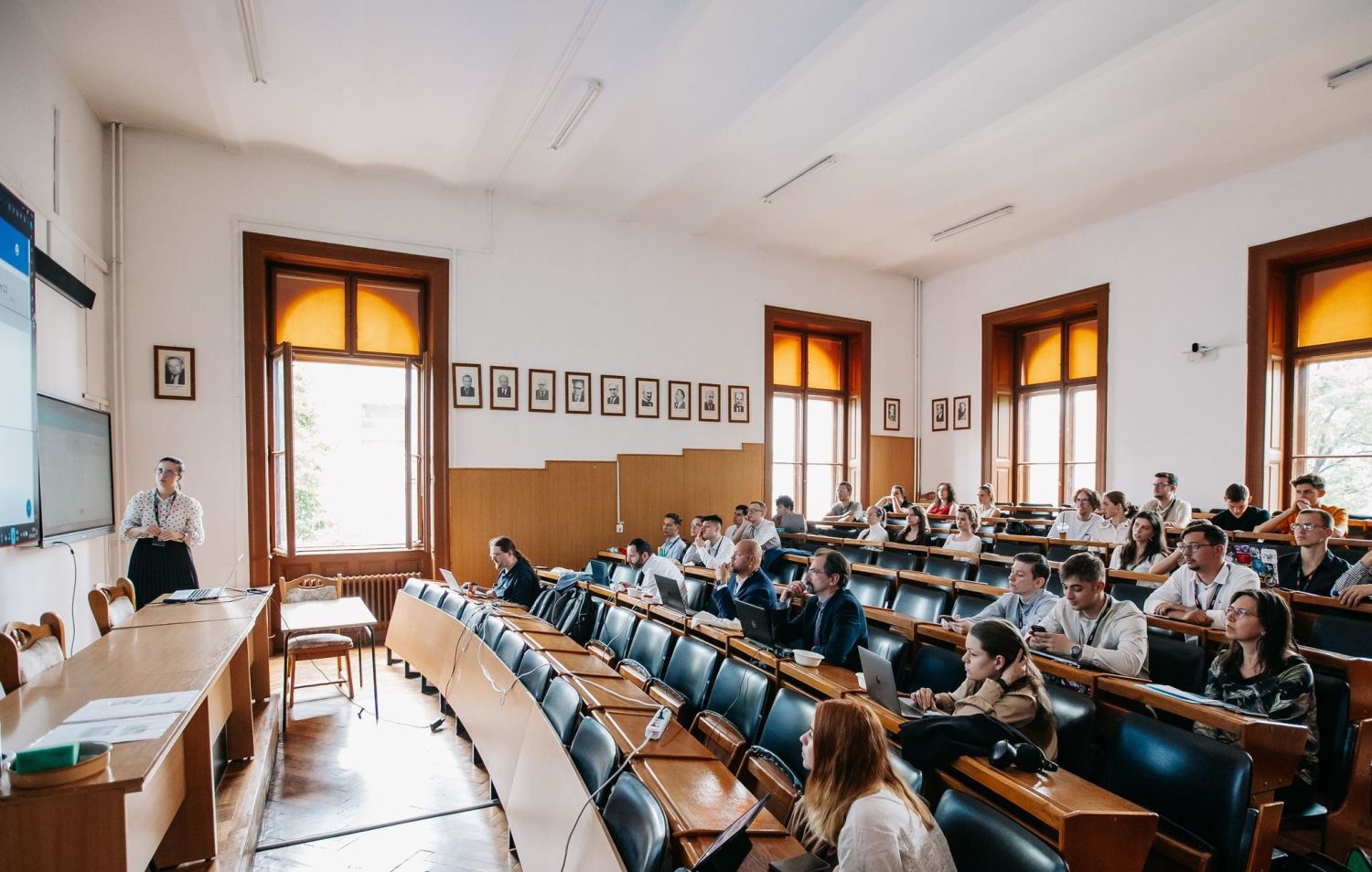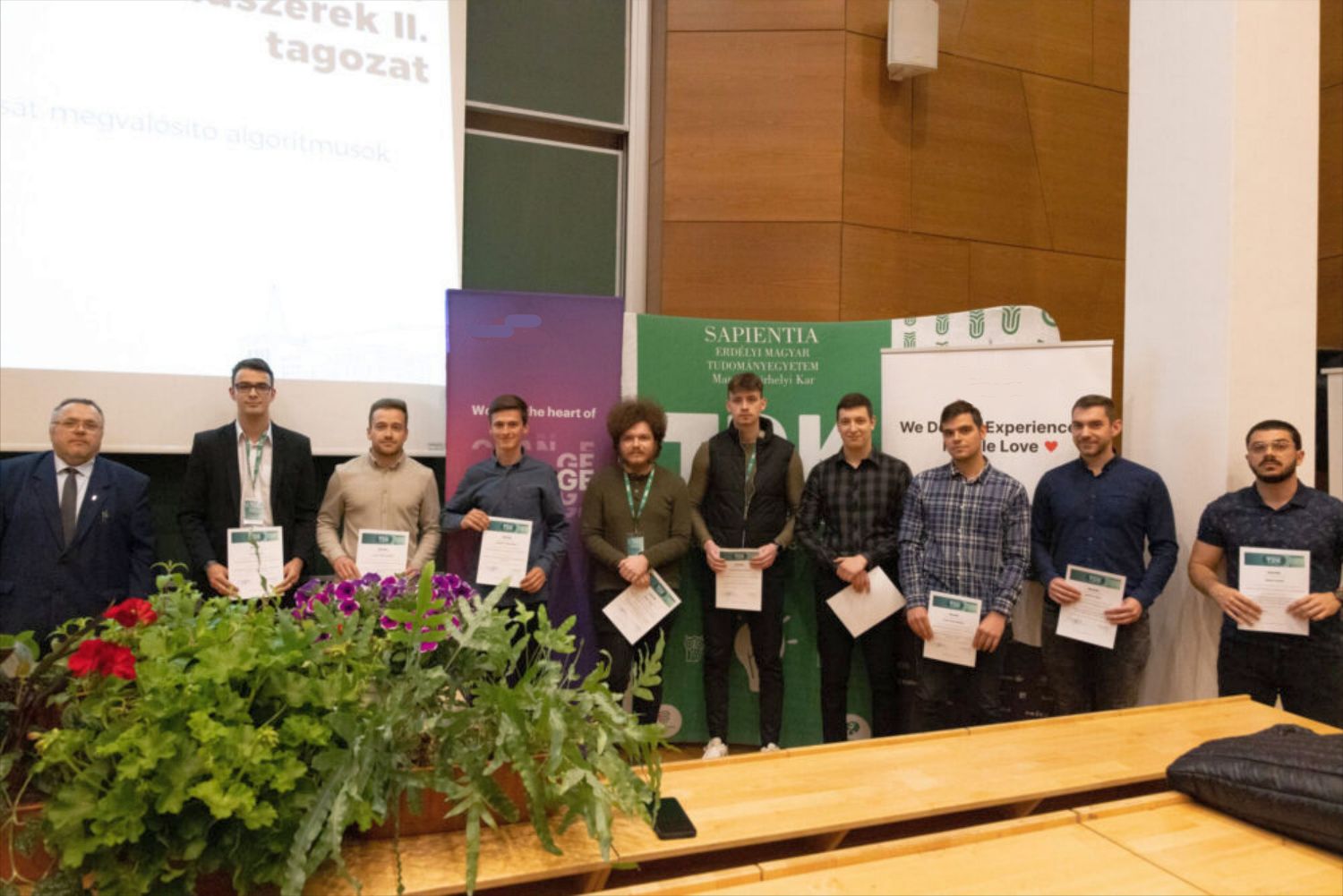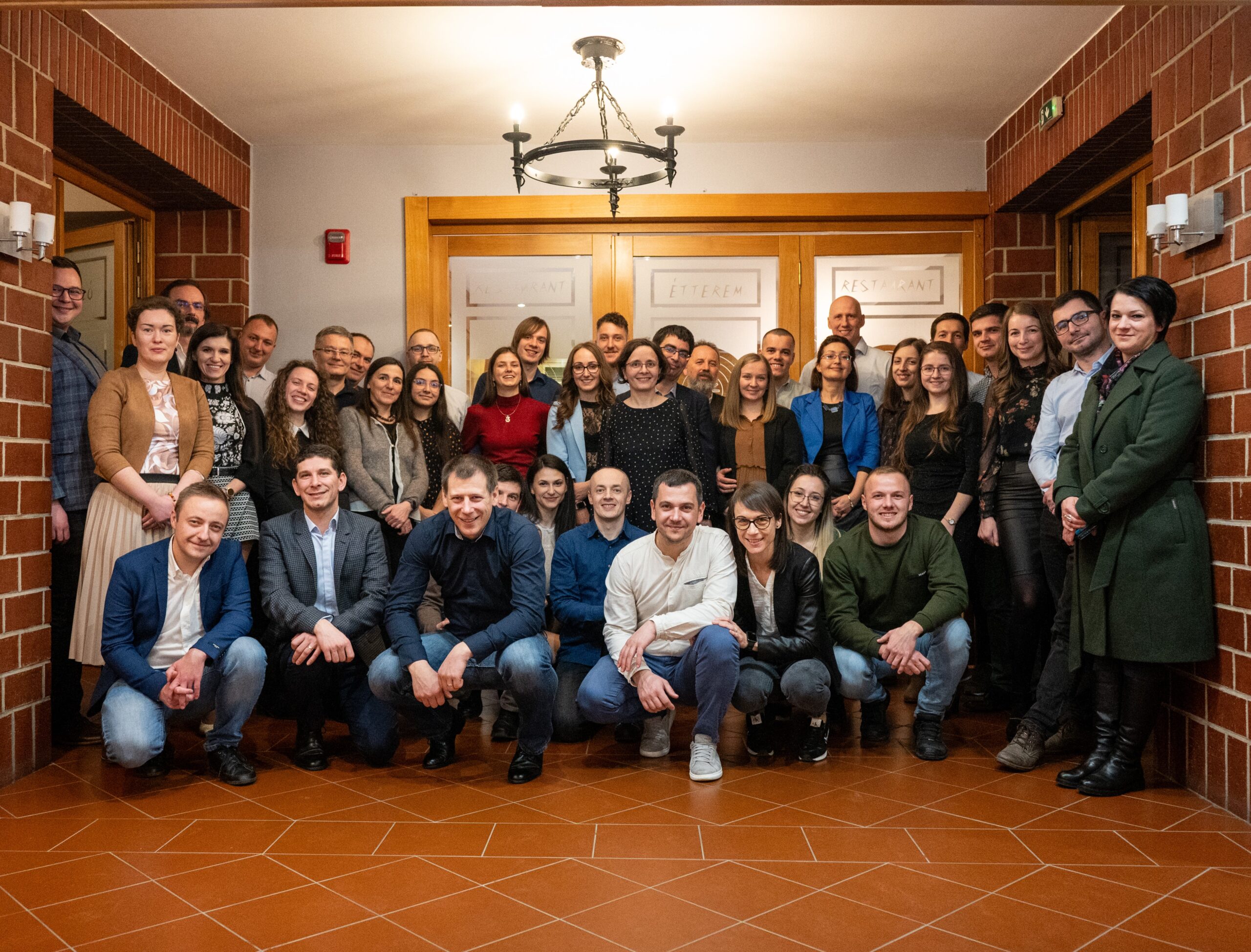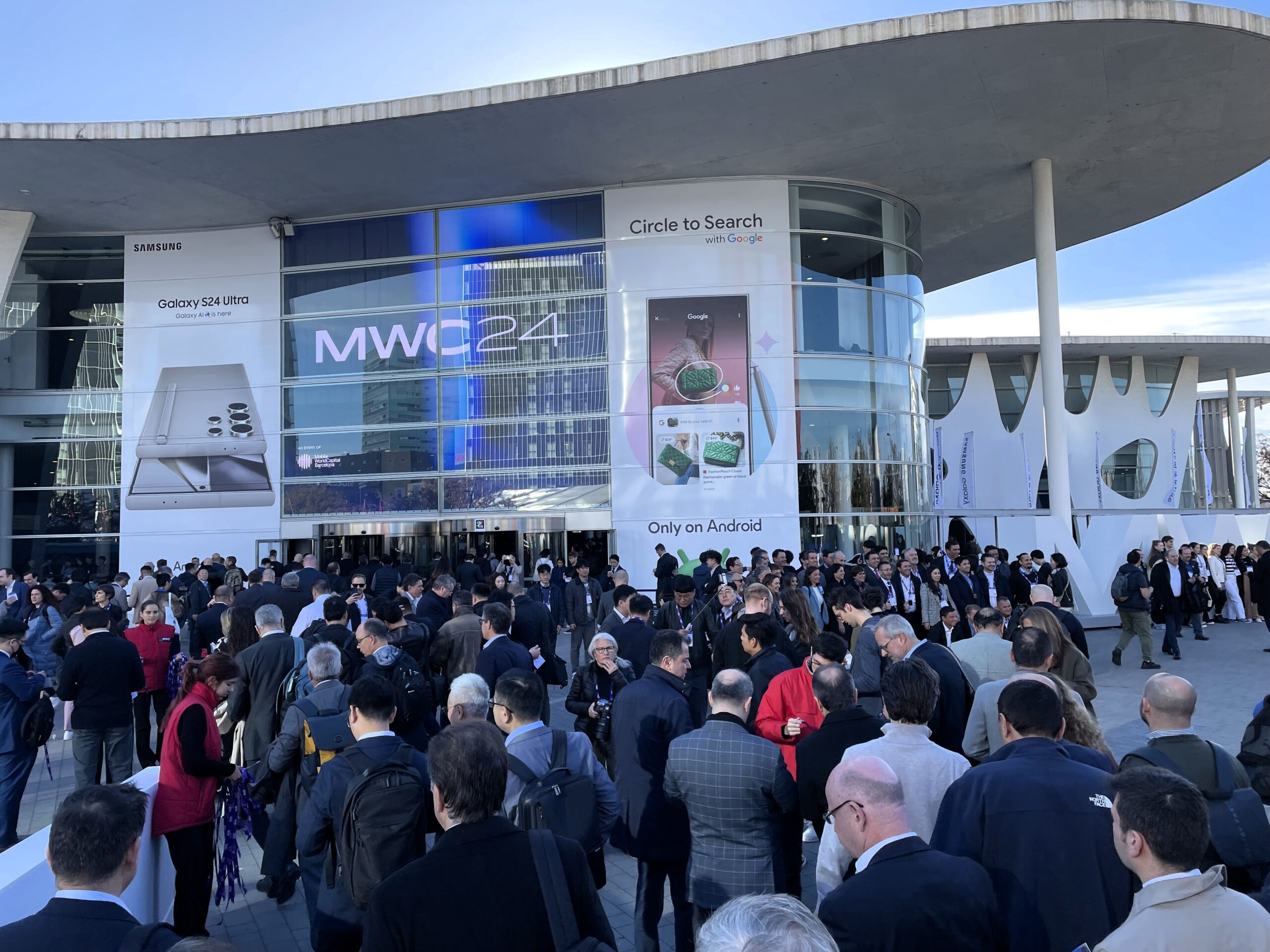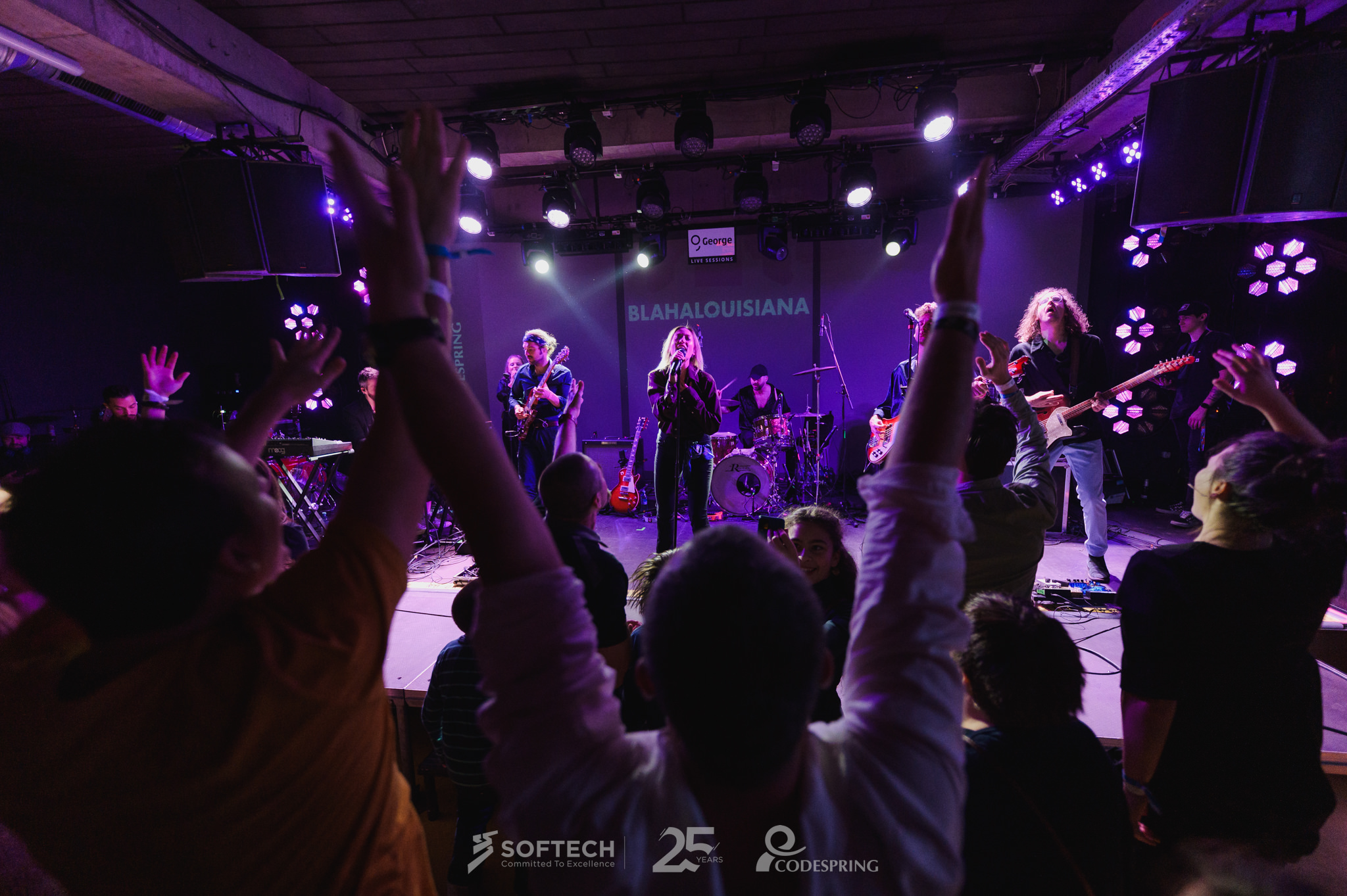 With more than 300 IT companies established in the city and about 10.000,00 active software engineers, Cluj-Napoca is in 2015 the 1st IT export hub of Romania, delivering 78% of the Romanian IT exports. The brain muscles are being prepared by the 11 universities that lie in the historical academic center of Cluj, while the innovative power grows in the wombs of more than 200 research units and laboratories. This hidden treasure of South-Eastern Europe investment map is standing apart by its multiculturalist and multilingual community.
With more than 300 IT companies established in the city and about 10.000,00 active software engineers, Cluj-Napoca is in 2015 the 1st IT export hub of Romania, delivering 78% of the Romanian IT exports. The brain muscles are being prepared by the 11 universities that lie in the historical academic center of Cluj, while the innovative power grows in the wombs of more than 200 research units and laboratories. This hidden treasure of South-Eastern Europe investment map is standing apart by its multiculturalist and multilingual community.
What are the behind-the-scenes facts and figures that propel Cluj-Napoca as a growth pole of Romania’s ICT industry? What are the main characteristics of this new breed of software engineers? What has Cluj-Napoca to offer for the next decade? – The answer to these questions will be delivered in the present article.
2015 – 2020: Back to the European Neighborhood: Romania and the South-Eastern Block
One of the best things about Romania is that it is literally a border country: both geographically as a limit of the European Union and culturally as a cross-road between Occident and Orient. It has been largely analyzed how Romanians can successfully align to Latin cultures, Anglo-Saxon cultures, Slavic cultures or Asian cultures. For outsourcing and international ICT activities, this aspect pondered a heavy weight in the decision of finding the right location for implementing future development and service centers.
 As an incentive, the Government in Romania has strategically supported initiatives and investments in the ICT sector, maintaining the zero income tax strategy for software engineers and promoting operational development programs. Similar measures may be found in the neighboring countries like Bulgaria, Ukraine, and Hungary.
As an incentive, the Government in Romania has strategically supported initiatives and investments in the ICT sector, maintaining the zero income tax strategy for software engineers and promoting operational development programs. Similar measures may be found in the neighboring countries like Bulgaria, Ukraine, and Hungary.
The shift of contracting resources from Asian locations (such as India, Singapore, Malaysia, Filipines and other) to Central, Eastern and South-Eastern European locations has been sensed in Romania about 5 years ago. The physical proximity, the cultural vicinities and the educational similarities were able to meet the expectations of Western European and North-American business and technical teams, against the voluminous resources that former colonies could offer.
According to the 2014 A.T. Kerney GSLI “Central Europe offers mature industry and skilled players at about 50% arbitrage compared to Western Europe; deeper arbitrage opportunities are available in South-East Europe, but with a more immature industry and regulatory landscape.”
 The same study reveals the following aspects: “Another recent EU member, Romania (18th) offers a sound regulatory environment. The country’s size offers a robust pipeline of talent from its network of universities. Transylvania is home to a large German-speaking population. French and Italian speakers are relatively easy to find due to Romania’s cultural and linguistic affinity to Latin countries. The Romanian Government is actively courting the sector: companies that are acting in the sector are able to deduct the payroll tax for their employees, making for a more attractive financial environment.”
The same study reveals the following aspects: “Another recent EU member, Romania (18th) offers a sound regulatory environment. The country’s size offers a robust pipeline of talent from its network of universities. Transylvania is home to a large German-speaking population. French and Italian speakers are relatively easy to find due to Romania’s cultural and linguistic affinity to Latin countries. The Romanian Government is actively courting the sector: companies that are acting in the sector are able to deduct the payroll tax for their employees, making for a more attractive financial environment.”
In 2014, the Romanian ICT contribution to the Gross Domestic Product (GDP) was about 5.2%, recording a net 15.3% year-on-year growth. The ICT sector turnover structure in 2014 was recalibrated as follows: 70.3% generated by hardware companies, 14.8% generated by software providers and 14.9% by IT Services providers.
Comparing Romania’s ICT evolution to the countries competing to attract ICT investors and to grow on the international ICT market in the next decade, we can resume that the location is appealing due to its diverse ICT centers and the versatility of skilled work force.
Cluj-Napoca 2015 – 2020: Striving for Innovation and Technical Excellence
Contender of the country’s capital (Bucharest), the picturesque city of Cluj-Napoca, the heart of Transylvania, is ranked 2nd in size and economic activity in 2014 / 2015, but grabs the pole position for IT exports: 78% of the total Romanian IT export is originated in Cluj-Napoca. The declared intentions of the local community to emerge as an innovation and technical excellence location have its foundations on four pillars: information technology, research and development, academic environment and multiculturalism.
 Information Technology Center: Cluj-Napoca distinguishes as an information technology center through its more than 300 IT companies, out of which about 200 companies deal with software development. The active software engineers on the market have been estimated at about 10,000 persons and new forces join yearly with an average of 1,000 ICT graduates. The organizational power of the IT community in Cluj has took the form of ClujIT cluster, recently labeled with Bronze Cluster Management Excellence by the ESCA – The European Secretariat for Cluster Analysis, member of the European Cluster Excellence Initiatives.
Information Technology Center: Cluj-Napoca distinguishes as an information technology center through its more than 300 IT companies, out of which about 200 companies deal with software development. The active software engineers on the market have been estimated at about 10,000 persons and new forces join yearly with an average of 1,000 ICT graduates. The organizational power of the IT community in Cluj has took the form of ClujIT cluster, recently labeled with Bronze Cluster Management Excellence by the ESCA – The European Secretariat for Cluster Analysis, member of the European Cluster Excellence Initiatives.
Research and Development Center: Cluj-Napoca counts in 2015 more than 200 public and private research units and laboratories. The R&D (research and development) activities are a priority of the local IT and Sciences community. As a manifestation of this strategy we mention two impactful projects: Cluj Innovation City – the leading innovation project of 240 hectares that will host innovative start-ups, research units and academic units; and, CREIC (Centrul Regional de Excelenţă pentru Industrii Creative – The Regional Center of Excellence for Creative Industries).
Academic Center: Cluj-Napoca is a historically and regionally renowned academic center: the fortress hosts 11 universities. Four universities are part of the country’s elite institutions: The Technical University of Cluj-Napoca (UTCN), Babes-Bolyai University (UBB), University of Agricultural Sciences and Veterinary Medicine Cluj-Napoca (USAMV Cluj-Napoca) and University of Medecine and Pharmacy Iuliu Hatieganu from Cluj-Napoca (UMF). In total, about 100,000 students study in Cluj-Napoca, reaching almost 25% of the current urban inhabitants’ volume. About 1,000students graduate yearly in Information Technology and Computer Sciences; this means that more than 4,000 students are enrolled in ICT curricula.
Multiculturalism: From a demographic perspective Cluj-Napoca is quite diverse: 75,71% Romanians, 15,27% Hungarians, 1,01% Roma, 0,18% Germans, 0.05% Jews and the rest includes Serbians, Ukrainians and others. At the local universities students may choose to study in Romanian, Hungarian, English, German or French. The business environment includes an important number of expats living in Cluj-Napoca. Several international business clubs support the development of foreign investments in the city: Cluj Chamber of Commerce and Industry, The Romanian-Hungarian Chamber of Commerce,The “Dutch Business Club Cluj”, The French Business Club, Cluj International Club, The German Business Club Northern-Transylvania (DWNT).
Cluj-Napoca’s European Nominations and Awards: In 2014 and 2015, Cluj-Napoca has grabbed a series of titles and awards from various organizations. This proves the growing appeal of the city on the European and International map.
- European Youth Forum: Cluj-Napoca, European Youth Capital in 2015
- Eurostat: Cluj-Napoca, the Capital of Tolerance, 2014 the Friendliest City in Europe, 2014
- “Respire” Association in partnership with “We Demain” magazine: Cluj-Napoca, the City with the Cleanest Air in Europe
- Huffington Post: Cluj-Napoca: the City that will Shake Up the Art World in the 21st Century
- Forbes Romania: Economic Capital of Transylvania, 2014
- KPMG consulting company and the Management Authority for the Regional operational Programme (AM POR): Cluj-Napoca, the most attractive growth pole in Romania
The trends and facts presented above indicate the transformations that Cluj-Napoca is undergoing at the moment. The wealth of opportunities typical to such growing economic and academic centers relies on a set of complex resources.
(Diana Ciorba)





